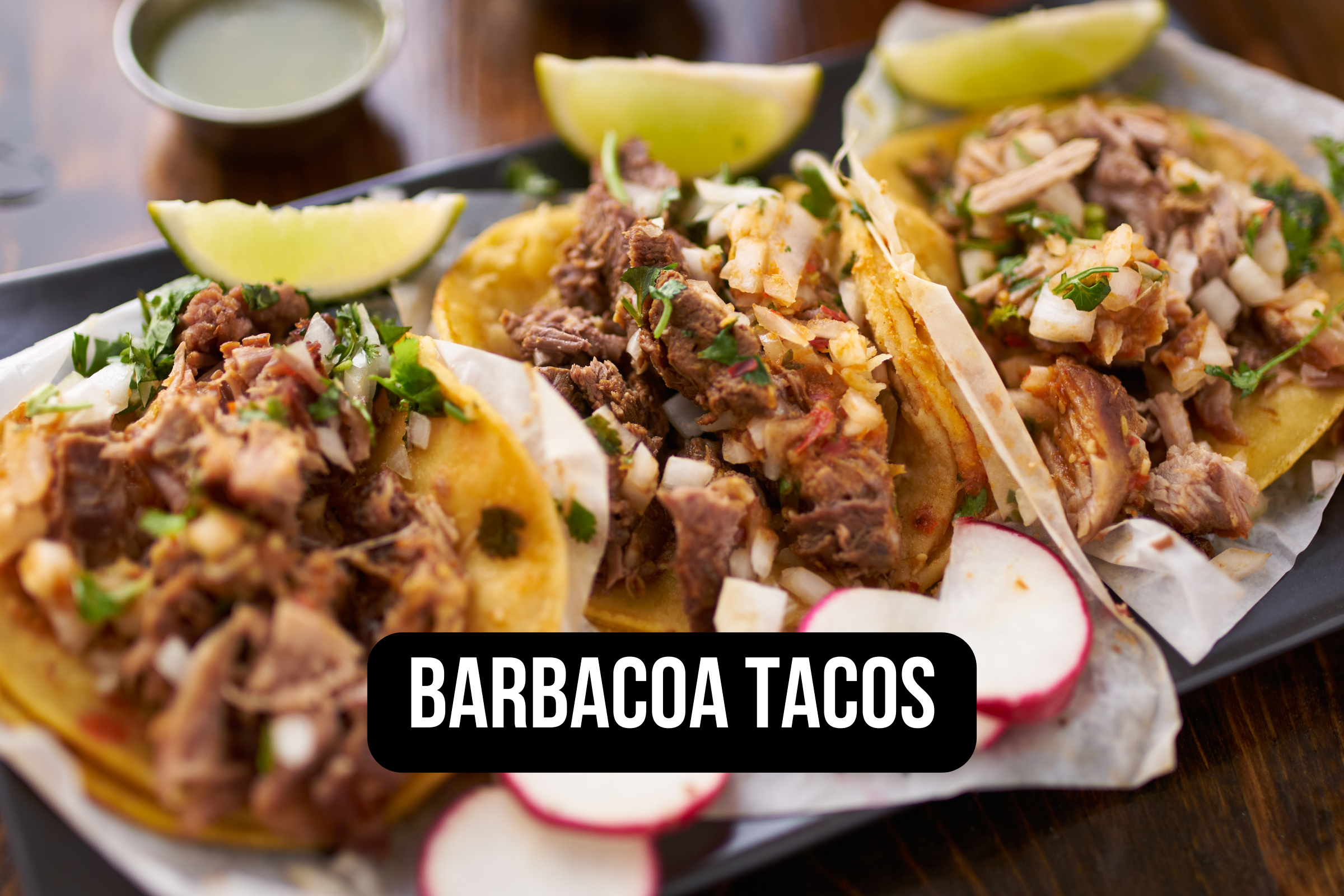How to cook pork belly
Introduction
Pork belly, a succulent and flavorful cut of meat, has enjoyed a long-standing reputation in various cuisines around the world. From its role as a staple ingredient in traditional Asian dishes to its presence in contemporary Western gastronomy, pork belly has found its way onto countless plates and into the hearts of food enthusiasts. This article delves into the art of cooking pork belly, exploring its rich history, popularity, and essential considerations for achieving exceptional results.
Brief History and Popularity of Pork Belly in Various Cuisines
The roots of pork belly can be traced back centuries ago when it was first embraced by Asian cultures. In Chinese cuisine, pork belly holds a revered status and is commonly used to create iconic dishes like braised Dongpo pork or crispy roasted suckling pig. Similarly, Korean cuisine showcases samgyeopsal-gui, thin slices of grilled pork belly often wrapped in lettuce leaves with an array of condiments.
However, the allure of pork belly extends far beyond Asia. In recent years, it has become increasingly prominent in Western culinary scenes as well.
Chefs worldwide have embraced this fatty cut for its unmatched tenderness and ability to impart incredible flavor into their creations. From gourmet restaurants crafting innovative dishes with modern techniques to casual eateries serving up comforting classics like bacon sandwiches or crispy porchetta; there is no denying that this melt-in-your-mouth delicacy has conquered taste buds across continents.
Importance of Selecting High-Quality Pork Belly for Optimal Results
When it comes to cooking any dish to perfection, starting with high-quality ingredients is paramount—and pork belly is no exception. The quality of the meat you choose will greatly influence the final outcome: from texture and tenderness to overall flavor profile.
An ideal piece of pork belly should have a good balance of meat and fat. Look for cuts with firm, evenly distributed fat layers that are neither excessively thick nor too thin.
It is advisable to purchase pork belly from reputable sources, such as trusted butchers or well-regarded suppliers, ensuring that the meat has been properly handled and stored. Freshness is crucial when selecting pork belly, as any off-putting odors or discoloration may indicate spoilage.
Opt for cuts that boast a vibrant pink hue and clean scent. Additionally, consider choosing organic or free-range pork belly if available, as these options often offer superior flavor and may align with personal preferences regarding animal welfare and sustainable farming practices.
Choosing the Right CutThe Impact of Different Pork Belly Cuts on Cooking Methods
When it comes to cooking pork belly, selecting the right cut is crucial as it can significantly influence the final result. There are a few different types of pork belly cuts to consider, each with its own characteristics and ideal cooking methods.
One popular option is skin-on pork belly, which is known for its ability to develop a crispy crackling when cooked correctly. The skin acts as a protective layer that keeps the meat moist while rendering out excess fat, resulting in a delightful contrast of textures.
On the other hand, if you prefer a leaner and more tender outcome, you might opt for skin-off pork belly. The absence of the skin allows for easier seasoning penetration into the meat and promotes more even cooking throughout.
Additionally, bone-in pork belly can add an extra layer of flavor and juiciness to your dish. The bone helps retain moisture during cooking and imparts a subtle richness that enhances the overall taste.
Seasoning OptionsExploring Marinades, Dry Rubs, or Brines to Enhance Flavor and Tenderness
To elevate the natural flavors of pork belly and achieve maximum tenderness, seasoning plays a vital role in prepping this delectable cut of meat. There are several options to consider when it comes to enhancing flavor through marinades, dry rubs, or brines. In terms of marinades, one classic choice is utilizing soy sauce as a base mixed with aromatics like garlic and ginger.
This Asian-inspired marinade infuses both saltiness and umami into the meat while also tenderizing it due to enzymes present in soy sauce. Alternatively, if you prefer something tangy with depth of flavor, consider marinating your pork belly in wine or vinegar-based solutions like apple cider vinegar or balsamic vinegar.
These acidic marinades help break down the meat's fibers and impart a delightful tanginess. When it comes to dry rubs, you have endless possibilities to explore.
A popular combination consists of salt, black pepper, paprika, and brown sugar. The salt helps draw out moisture from the skin, promoting crispiness during cooking, while the sugar adds a touch of caramelization.
Additionally, you can experiment with dried herbs and spices such as thyme, rosemary, cumin or coriander to suit your personal taste preferences. Brining is an excellent technique for enhancing flavor and tenderness in pork belly.
By immersing the meat in a solution of water and salt (optionally with added sweeteners or herbs), it allows for deep penetration of flavors into the meat while also retaining moisture during cooking. Brining pork belly for several hours or overnight prior to cooking can result in juicier and more flavorful outcomes.
Score the SkinUnlocking the Secrets to Achieving Crispy Crackling Through Proper Skin Scoring
One essential step when preparing pork belly is scoring the skin—a technique that creates distinct parallel cuts across its surface. Scoring serves two primary purposes: it helps render out excess fat during cooking while allowing the skin to crisp up beautifully into crackling. To ensure optimal results when scoring your pork belly's skin:
1. Start by placing the skin-side up on a clean cutting board or tray. 2. Using a sharp knife or scalpel-like blade with a thin edge (such as a utility knife or box cutter), make shallow cuts about ¼ inch apart across the entire surface.
3. Ensure that you only cut through the skin without penetrating too deep into the underlying layer of fat or meat. 4. Aim for consistent scores throughout so that each piece of crackling cooks evenly.
5. You can experiment with different scoring patterns like diagonal lines or a cross-hatch pattern, depending on your preference. Scoring the skin allows heat to penetrate and crisp it evenly, resulting in an irresistible texture that contrasts beautifully with the tender meat.
It's important to note that scoring should be done right before cooking rather than in advance to prevent moisture loss from the meat. Pat dry the skin after scoring to remove any excess moisture, which further contributes to achieving that perfect crispy crackling.
Roasting
Roasting pork belly in the oven is a fantastic method that yields mouthwatering results. To achieve the perfect balance between tender meat and crispy skin, it's essential to follow a few key steps.
Start by preheating your oven to 375°F (190°C). Before placing the pork belly in the oven, it's crucial to prepare the meat properly.
Begin by scoring the skin evenly with a sharp knife, ensuring not to cut into the meat beneath. Scoring allows the fat to render out while creating a beautiful, crackling texture.
Next, generously season both sides of the pork belly with salt and your desired spices or herbs for added flavor. Place your seasoned pork belly on a wire rack set over a baking sheet lined with foil or parchment paper.
The wire rack elevates the meat, allowing hot air to circulate evenly around it for more consistent cooking. Cooking times can vary depending on the size of your pork belly.
However, as a general guideline, roast it in the preheated oven for approximately one hour per pound (450 grams) of meat. Remember to periodically baste the top of the pork belly with its own rendered fat during cooking to enhance moisture and flavor.
To achieve that desirable crispy crackling on top of your roasted pork belly, increase your oven's temperature to 425°F (220°C) during its final 15-20 minutes of cooking time. This high heat will ensure a beautiful golden crust while maintaining tender and succulent meat underneath.
Braising
Braising is an excellent slow-cooking technique for pork belly that results in incredibly flavorful and tender meat. To begin this method, preheat your oven to 325°F (160°C).
Start by searing all sides of your seasoned pork belly in a hot pan with some oil until golden brown—this step helps lock in juices and intensify flavors. Once seared, transfer the pork belly to a deep oven-safe dish or Dutch oven.
To infuse the meat with even more flavor and moisture, pour enough liquid into the dish to partially submerge the pork belly. Popular options include chicken or vegetable broth, wine, or a combination of both.
Add aromatics such as garlic cloves, onions, bay leaves, and herbs like rosemary or thyme to enhance the overall taste profile. Cover your dish tightly with a lid or foil and place it in the preheated oven.
The slow cooking process will tenderize the meat while allowing it to absorb all the flavors from the liquid and aromatics. Braise your pork belly for approximately 2-3 hours, checking occasionally to ensure that there is enough liquid in the dish.
Once done, remove from the oven and allow it to rest for a few minutes before slicing. The result will be melt-in-your-mouth pork belly with rich flavors that have developed through this low-and-slow cooking process.
Grilling
Grilling pork belly is an exciting way to impart smoky flavors while achieving crispy exterior elements. Whether you prefer direct heat grilling or indirect heat methods, there are regional techniques that can be explored for various flavor profiles.
For direct heat grilling on a charcoal grill: 1. Start by setting up your grill for direct grilling over high heat.
2. Pat dry your seasoned pork belly with paper towels. 3. Place it directly on the grill grates over high heat.
4. Let each side cook for approximately 5-7 minutes until they develop a charred crust. 5. After achieving desired charring on both sides of your pork belly, move it to indirect heat by moving it away from direct flames.
6. Continue cooking indirectly for another 30-40 minutes until fully cooked but still tender. 7. During this time, you can baste the pork belly with a glaze or sauce for additional flavor, brushing it on during the last 10-15 minutes of grilling.
For indirect heat grilling on a gas grill: 1. Set up your gas grill with burners on one side only, creating an indirect heat zone.
2. Preheat the grill to medium-high heat. 3. Place your seasoned pork belly on the opposite side of the burners, away from direct flames.
4. Close the lid and cook for approximately 1 hour or until fully cooked and tender. 5. If desired, during the last 10-15 minutes of cooking time, brush a glaze or sauce onto the pork belly and increase the heat to high to caramelize it.
Remember to adjust cooking times based on your grill's specific characteristics and thickness of your pork belly slices. Grilling will give you a delightful combination of smoky flavors and crispy textures that add an extra layer of excitement to your culinary adventure.
Flavor Variations
Asian-Inspired Flavors
When it comes to introducing an authentic Asian twist to your pork belly, marinating is the key. The combination of soy sauce, ginger, garlic, and Chinese five-spice powder creates a symphony of flavors that perfectly complements the richness of the meat.
To create this marinade, start by combining soy sauce with minced ginger and garlic in a bowl. Add a generous sprinkle of Chinese five-spice powder, which typically includes star anise, cloves, cinnamon, Sichuan peppercorns, and fennel seeds.
Mix well until all the ingredients are incorporated. To marinate the pork belly effectively, use a sharp knife to score the skin side in a crisscross pattern before applying the marinade.
This allows the flavors to penetrate deep into the meat while ensuring that every bite delivers a punch of Asian-inspired goodness. Place the scored pork belly in a sealable bag or container and pour the marinade over it.
Gently massage it into all sides of the meat for even distribution. Seal or cover tightly and refrigerate for at least 4 hours or overnight to allow the flavors to develop fully.
Spicy Variations
For those who enjoy some heat in their dishes, adding spicy elements to your pork belly can take it to another level of culinary excitement. Incorporating chili peppers or hot sauces into your recipe will not only add spice but also elevate its overall flavor profile. One popular method is marinating the pork belly with a spicy rub before cooking.
To create this spicy rub for your pork belly, combine dried chili flakes (such as cayenne pepper or crushed red pepper) with paprika for color and depth of flavor. You can also add ground cumin or coriander seeds for an extra layer of complexity.
For additional heat, consider incorporating finely minced fresh chili peppers or a dash of your favorite hot sauce. Adjust the quantities according to your tolerance for spiciness.
Once the spicy rub is ready, generously coat all sides of the pork belly, including the skin. Let it sit for at least 1 hour to allow the flavors to infuse into the meat.
You can let it marinate longer if you desire an even spicier result. The spicy rub will not only add heat but also create a beautiful crust on the pork belly when cooked.
Sweet Glazes
If you prefer a delightful balance between savory and sweet flavors, incorporating a sweet glaze onto your pork belly is a fantastic option. This glaze will create a caramelized coating that complements the tender meat with its rich and luscious taste.
Honey, maple syrup, and brown sugar are excellent bases for creating such glazes. To make a honey-based glaze for your pork belly, combine equal parts of honey and soy sauce in a bowl.
Add some freshly grated ginger and minced garlic to enhance its aromatic qualities. Mix well until all ingredients are well incorporated.
For maple syrup-based or brown sugar-based glazes, follow similar steps but substitute honey with either maple syrup or brown sugar respectively. Before applying the glaze onto the pork belly, ensure that it has been properly cooked using one of the methods mentioned earlier (roasting, braising, or grilling).
Once cooked through and tender, liberally brush or pour the sweet glaze over all sides of the meat. Return it to high heat briefly to allow the sugars in the glaze to caramelize and create a glossy coating on top.
Experimenting with these flavor variations allows you to customize your pork belly dish according to your personal preferences or theme of your meal. Whether you go for an Asian-inspired twist with soy sauce and Chinese five-spice powder, opt for a spicy kick with chili peppers and hot sauces, or tantalize your taste buds with a sweet glaze made of honey, maple syrup, or brown sugar – each variation will bring a unique and delightful element to your dining experience.
Serving Suggestions
Traditional Pairings: Classic Complements to Enhance the Richness of Pork Belly
When it comes to serving pork belly, selecting the right accompaniments can elevate the dining experience to new heights. Traditional pairings offer a harmonious balance of flavors, textures, and colors that complement the succulent richness of this delectable cut. Consider these classic companions that will surely delight your taste buds.
1. Mashed Potatoes: There's something undeniably comforting about a velvety mound of mashed potatoes alongside tender pork belly. The creamy texture and mild flavor of mashed potatoes provide a perfect canvas against which the savory goodness of pork belly can shine.
Whip them up with butter, cream, and a touch of garlic for an indulgent twist. 2. Roasted Vegetables: To add vibrancy and freshness to your plate, roasted vegetables are an ideal choice.
The caramelized edges and tender interiors of roasted root vegetables like carrots, parsnips, or beets create a delightful contrast with the crispy exterior and rich juiciness of pork belly. Drizzle them with olive oil, sprinkle some herbs, and roast until they reach golden perfection.
3. Apple Sauce or Compote: For a touch of sweetness that complements the fatty nature of pork belly exceptionally well, consider serving it with homemade apple sauce or compote. The tartness and natural sweetness from cooked apples add brightness to each bite while providing a refreshing contrast.
Conclusion
Cooking pork belly is an art in itself that rewards patience and attention to detail. By carefully selecting high-quality cuts and exploring various cooking methods such as roasting, braising, or grilling, you can unlock its full potential in terms of flavor and texture.
Moreover, when it comes to serving suggestions for this versatile cut of meat, traditional pairings like mashed potatoes, roasted vegetables, and apple sauce provide classic combinations that enhance the richness of pork belly. These accompaniments offer a delightful interplay of flavors and textures, creating a harmonious dining experience.
So, whether you decide to embark on an Asian-inspired journey with bold marinades or indulge in sweet glazes that caramelize to perfection, rest assured that your culinary adventure with pork belly will be a memorable one. Embrace the artistry of cooking this flavorful cut and savor every mouthwatering bite.


































